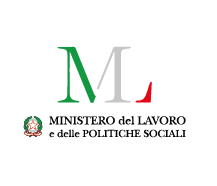Citizen migrants in metropolitan areas: unveiling the latest reports
The reports on the presence of migrants in Metropolitan Cities, now in their seventh edition and curated by the Directorate General of Immigration and Integration Policies of the Ministry of Labour in collaboration with Anpal Servizi S.p.A., delve into the territorial dimension of the migratory phenomenon in Italy. This includes an examination of the 14 Italian Metropolitan Cities where non-European presence is numerically more significant (Bari, Bologna, Florence, Genoa, Milan, Naples, Rome Capital, Turin, and Venice).
As of January 1, 2022, the number of non-European citizens residing legally in Italy is 3,561,540. More than three-fifths of these residents are located in Northern Italy (61.6%), followed by the Central region with 23.8%, while the Southern and Island regions host 14.6%.
The population from Third Countries also plays a significant role in the Italian labour market. Out of a total of 23,099,389 employed individuals aged 15 and above in 2022, 1,656,517 were non-EU citizens, accounting for 7.2%. Following the substantial economic crisis experienced during the pandemic phase, 2022 shows signs of improvement, with increases in employment and reductions in the share of inactive and unemployed individuals for workers of all nationalities. The trend is particularly positive for the non-EU population, with a 2.7% increase in the employment rate and reductions in the unemployment and inactivity rates.
However, the employment conditions for the population from Third Countries remain worse than those observed in the native population: the employment rate stands at 59.2% (compared to 60.1% of Italians), the percentage of individuals seeking employment in the labour force is 12%, and only the indicator related to inactivity is better for non-EU citizens (32.7% compared to 34.8%).






